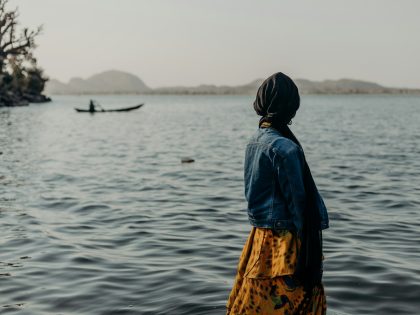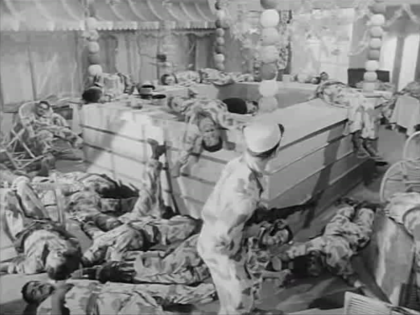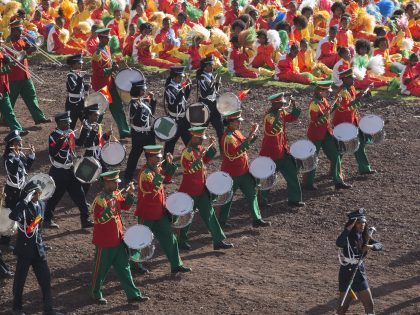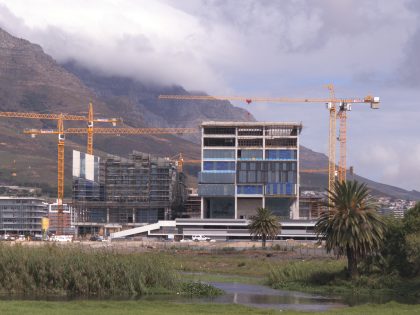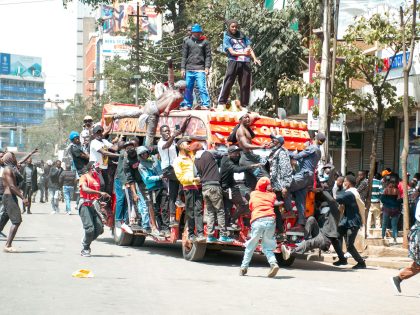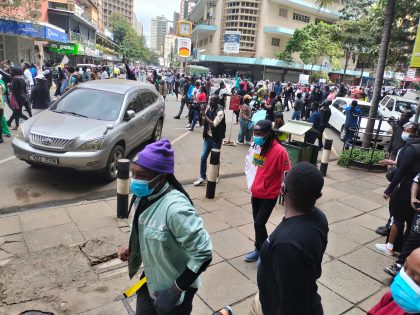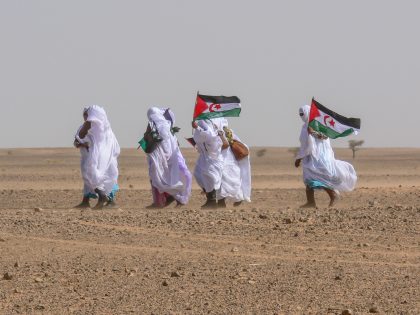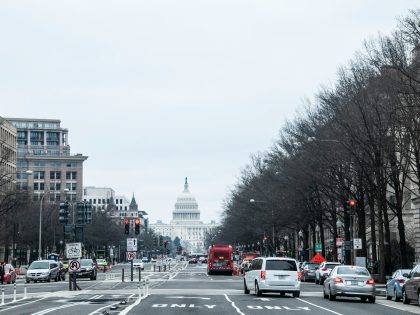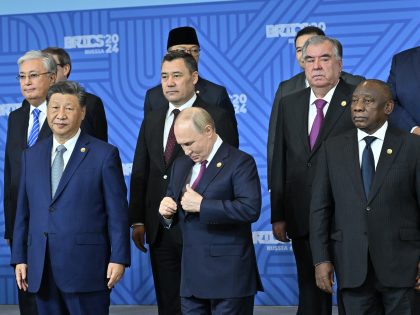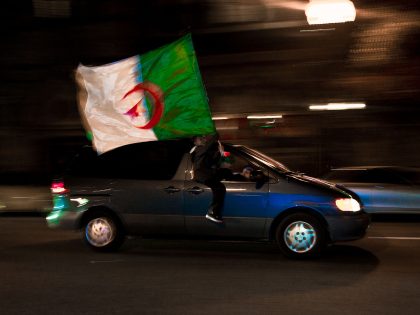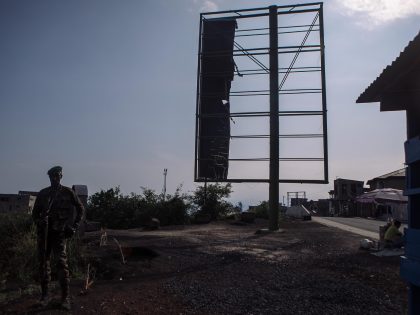Causing mischief and scaring children
We send our Tokoloshe to battle with those trying to make us forget the atrocities of Marikana.

All images byThe Tokolos Stencil Collective.
The Tokoloshe emerges from its secret lair. Like a thief in the night, it creates a mirror image of ourselves in some of the most contrary of places and then instantly vanishes.
These living pictures (below) take us deep into the contradictions of our society. They take us back to our bloody, violent and racist history; they lay bare the smokescreens of popular culture showing us the oppressive reality of this purported democracy; and they create echoes of indignation at injustice while also reflecting on our own role in maintaining such cruelty.
The Tokoloshe spirit, an apparition of hope, terrorizes the powers that be and reminds South Africans, young and old, that freedom and justice remain elusive unless we are willing to fight for it.
The Tokoloshe, Tikoloshe or Tokolos (in slang) is a dwarf-like creature of Xhosa and Zulu mythology that is said to be conjured up by sangomas (traditional healers) usually out of jealousy or anger. It is said to wander around causing mischief and scaring children. As with the Western counterpart called “the bogeyman”, parents will often warn naughty children that if they don’t listen to them, the Tokoloshe will get them. Yet among the truly superstitious, the only way to protect oneself at night is to raise your bed with bricks thereby protecting whoever is on the bed.
Yet it is also said by the shackdweller’s movement Abahlali baseMjondolo, that “the anger of the poor can go in many directions.” And so if this invisible doppelganger is conjured up out of anger — that anger of indignation at being oppressed — it need not merely cause havoc amongst school children. If that anger is directed at its root cause, the exploitation of the poor black masses, then a range of possibilities emerge.
The Tokoloshe, then, can be a force for good, fighting on the side of the oppressed for a fair and just world by reminding us that we all remain imprisoned in this neo-apartheid capitalist state.
How have we conjured up the Tokoloshe so far? Here in Cape Town, the spirit has been responsible for canvassing over a hundred phrases and images on walls, toilets, street signs, and even a Ferarri dealer’s windows. We have sent our Tokoloshe to battle with those trying to make us forget the atrocities of Marikana. It has also been commissioned to counter misleading government propaganda such as the most dubious slogan of them all: “This City Works For You.” Lately, we have even directed our Tokoloshe to challenge the continued physical and financial segregation of our city reminding people which spaces have been designated for the “non-poor only”.
“But your mischievous use of the Tokoloshe is illegal!”, you may counter. “Why don’t you express yourself in legally permitted ways. You fought and died during apartheid for freedom of speech after all!”
Our answer cannot simply give you precedence of censorship – such as when our sanctioned work at the Langa Quarter was painted over after causing too much of a stir. It cannot merely complain about limited access to the corporate media which only reports on “Tokoloshe the gay rapist”. Nor can we confine our response to railing against the depoliticized mainstream popular culture.
Our answer must also speak to the way all our lives are constantly being dominated by the powers that be and that the only way to challenge the status quo is to disrupt the structures of authority that prevent alternative and more egalitarian ways of organizing society from emerging.
The philosopher Henri Lefebvre once said, “Pressure from below must therefore also confront the state in its role as organizer of space … new social relationships call for a new space, and vice versa.”
By facilitating such disruptions, we acknowledge that it is not only about the oppressive way the state and capital intervene in our lives, but also about the core issues on which they remain quiet. Society’s refusal to acknowledge the lived realities of women, the non-heteronormative, the poor and the otherwise marginalized, legitimizes the reality that we too must, in return, ignore the state and its authoritarian legislation that seeks to manage and control our lives.
In doing so, we recognize that people are not only influenced by political organising such as through trade unions, but also through everyday, random encounters and interactions. In order to facilitate change in our everyday lived experience, we must also disrupt and then create new social relationships to reclaim these increasingly privatized ‘common’ spaces.







